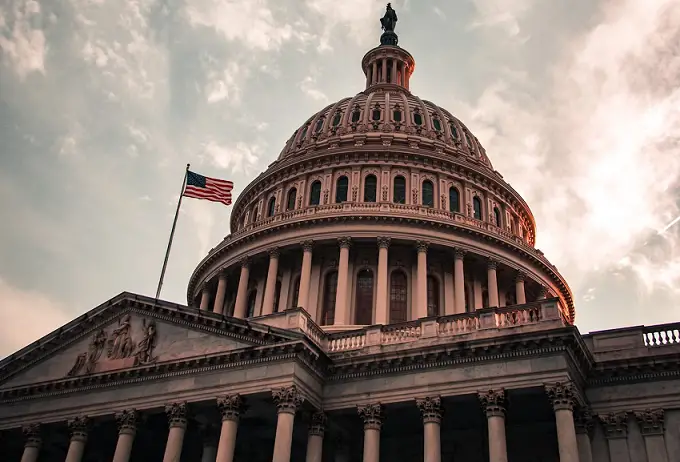On Friday, Moody’s, the international credit rating agency, downgraded its outlook on the US from “stable” to “negative,” pointing to massive fiscal deficits, and a significant diminution in debt affordability as the primary reasons behind the downgrade.
The downgrade by Moody’s is the second such downgrade for the United States this year, following a similar move by fellow credit agency Fitch, which lowered its rating for the country earlier in the year, while raising concerns over the state of the United State’s finances, and the size of the national debt.
Still, Moody’s maintained the long-term issuer and senior unsecured ratings of the United States at AAA in its latest outlook.
In a statement quoted by Reuters, the agency said, “Continued political polarization within US Congress raises the risk that successive governments will not be able to reach consensus on a fiscal plan to slow the decline in debt affordability.”
Moody’s analysts said that in the present environment of higher interest rates, and without employing a more effective fiscal strategy to limit government spending or increase revenue, the US will continue to generate large fiscal deficits, which will significantly weaken debt affordability.
Prior to its downgrade earlier in the year, Fitch had maintained the highest credit rating possible for the United States since 1994. S&P had downgraded the nation in 2011 as it underwent a debt-limit crisis. Until its most recent downgrade, Moody’s had remained the only credit agency which had maintained the highest rating for the United States.
The United States saw its national debt reach $33 trillion in September, the highest it has ever been. The nation had set the previous record of $32 trillion just a few months earlier in June, when the nation narrowly averted a technical default on its debt by temporarily abolishing the debt ceiling for the nation until 2025.
In an interview with Bloomberg, William Foster, a senior credit officer at Moody’s, said, “Interest rates have shifted materially and structurally higher. This is the new environment for rates. Our expectation is that these higher rates and deficits around 6% of GDP for the next several years, and possibly higher, means that debt affordability will continue to pressure the US.”

